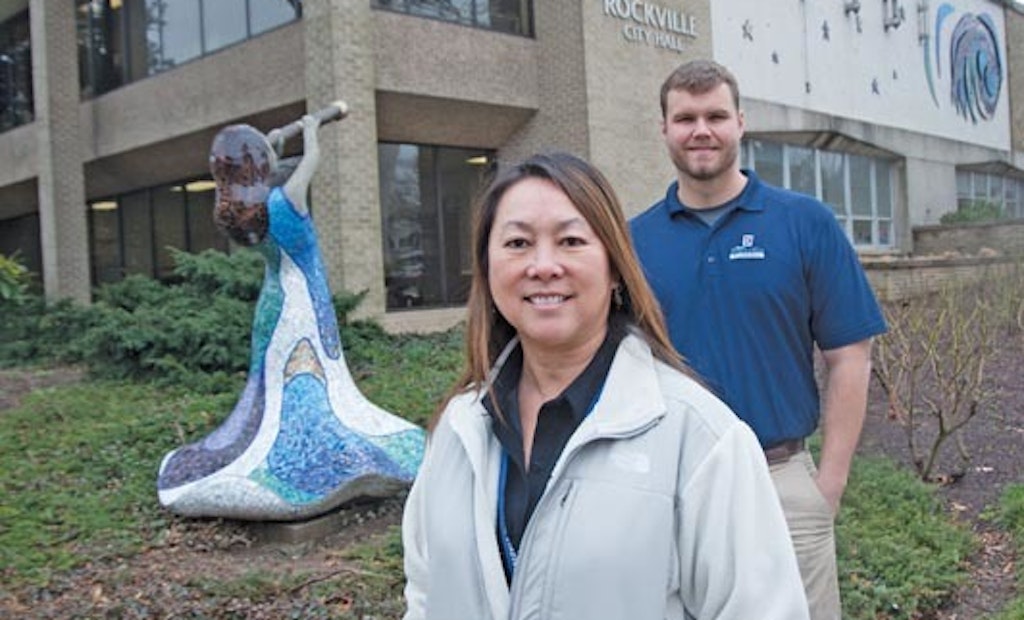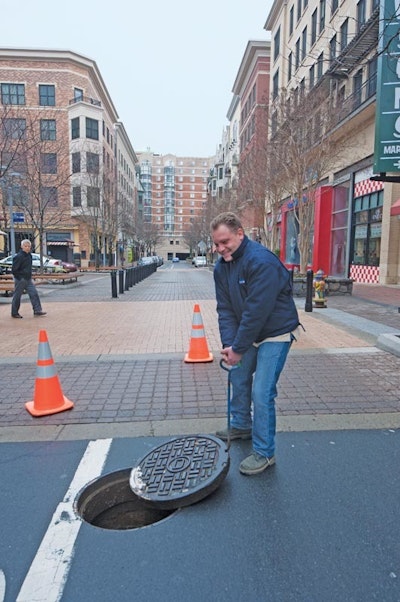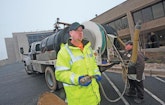
Built to its borders, Rockville, Maryland, is growing up, not out. The city’s Department of Public Works (DPW) is paving the way for growth by repairing, rehabbing and replacing its pipe infrastructure at an aggressive pace, while establishing a reputation for investing public...









